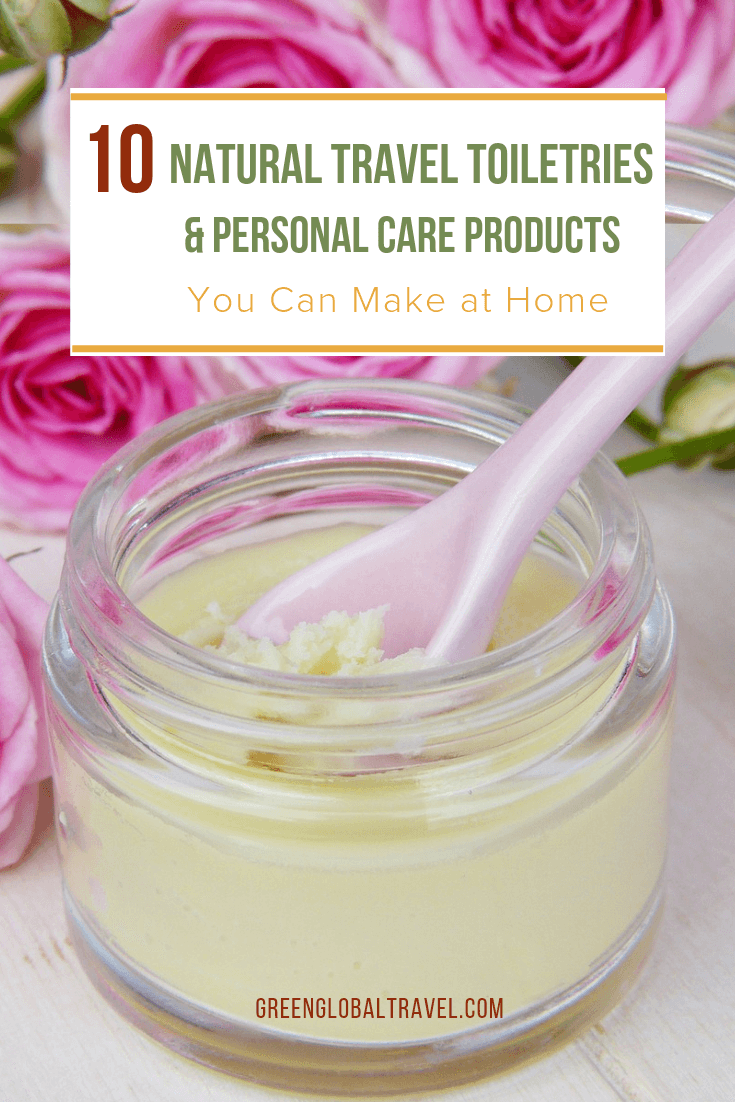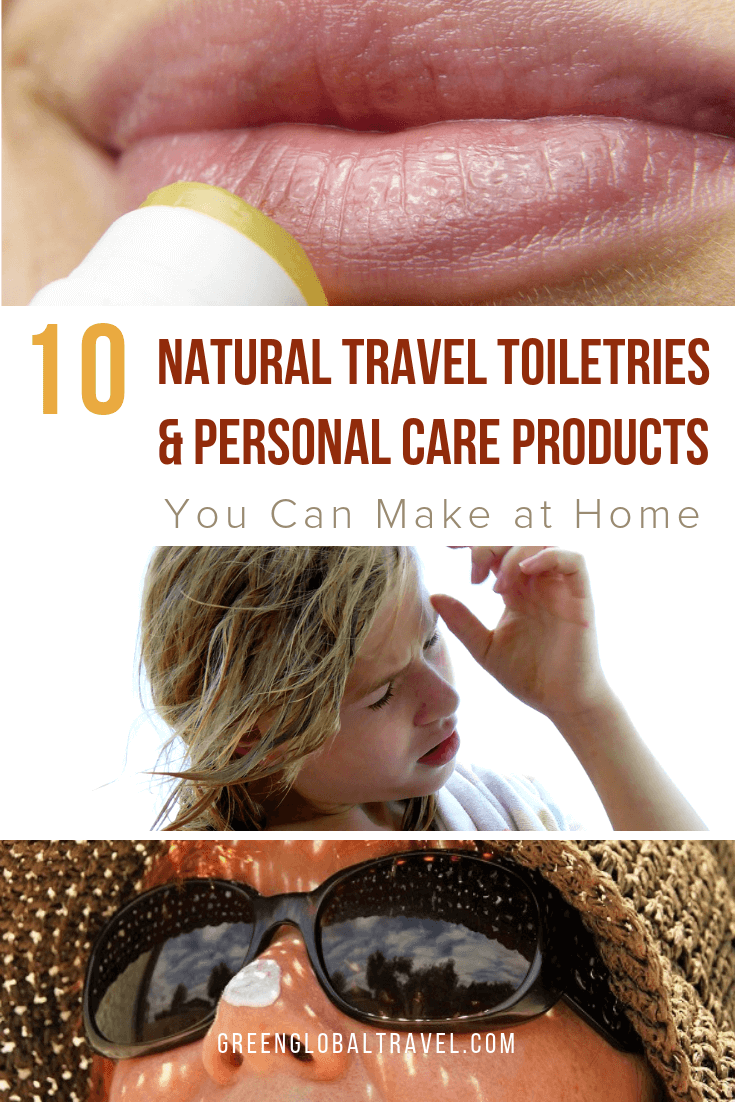[ad_1]
My journey into making natural travel toiletries and other personal care products began back in 2013 at a hostel in Puerto Viejo, Costa Rica.
I was brushing my teeth and there was no mirror, so I scrubbed while reading a flyer posted next to the sink. It was all about the ills of fluoride. With a mouth full of foamy chemicals that were no doubt killing me, I decided then and there that it was time to make a change.
My wife Emma and I are always eager to join in on a good boycott or protest. We’ll gladly do without our favorite food brands or eating bacon if it’ll make even the smallest inkling of difference towards saving the planet.
In Central America, toothpaste had always been an issue anyway. It’s a product dominated by corporate conglomerates that test on animals and other unsavory acts in the name of whiter teeth. Finding a paste that lined up with our ethics (or whose offenses we had yet to discover) was always a challenge, but the fluoride flyer was the last straw.
So our adventures in homemade toiletries began on that December morning, as we were overlanding on our way to South America, traveling slowly between eco-farms as volunteers.
It turned out that DIY personal care products were perfect for our eco-conscious scene, and from toothpaste we gradually began to expand into other travel toiletries.
READ MORE: How to Avoid Products With Palm Oil
Personal Care Products You Can Make at Home
- How To Make Natural Toothpaste
- How to Make Natural Deodorant
- How to Make Natural Shampoo
- How to Make Natural Hair Conditioner
- How to Make Natural Mouthwash
- How to Make Natural Body Wash
- How to Make Handmade Soap
- How to Make Natural Sunscreen
- How to Make Natural Lip Balm
- How to Make Natural Moisturizer
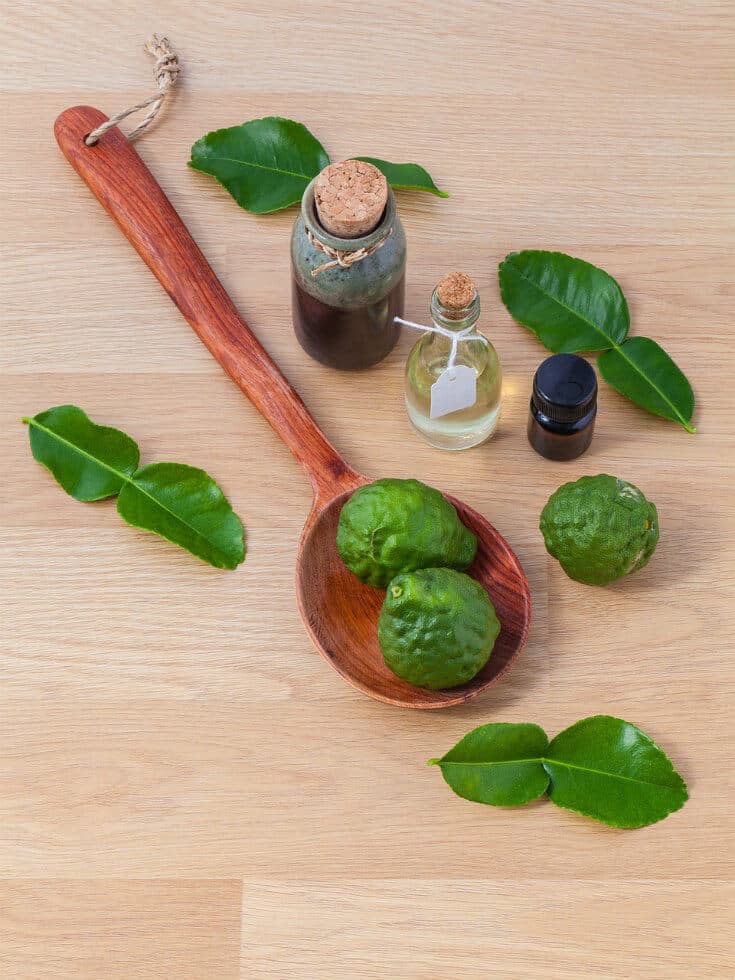
Why Natural Travel Toiletries Are Better
There are many positive arguments to be made for natural personal care products, which tend to benefit both the user as well as the ecosystem around said user. Commercial travel toiletries, on the other hand, generally contain a cocktail of chemicals that aren’t good for the environment.
The sulfates and anti-bacterial elements of many deodorants and soaps aren’t biodegradable, so they tend to build up in water sources. Plastic microbeads, which are used in an ever-expanding array of personal hygiene products, are often found in marine animals’ stomachs.
Palm oil, a common ingredient in toiletries, causes the mass destruction of rainforests. Petroleum, which is found in lots of beauty care products, is causing the mass destruction of the planet.
As bad as they can be for animals and the environment, store-bought travel toiletries aren’t great for our human health either. Deodorants have been linked to breast cancer, and sunscreen to skin cancer. Fluoride, a neurotoxin in toothpaste, damages the brain over time.
So making homemade toiletries is a good way to control what our bodies are exposed to, protecting the environment and our own well-being simultaneously. There are only a handful of organic ingredients necessary to make everything from toothpaste and shampoo to deodorant and skin care products. DIY toiletries can also help save money on personal hygiene products, leaving you more $$$ for travel!
Finally, making your own personal care products drastically decreases the packaging and shipping materials required to get all those tubes around the world. Now our toiletry bags are filled with reusable travel bottles rather than wasteful travel size toiletries that just add to the world’s growing plastic pollution problem.
READ MORE: 15 Ways to Reduce Waste & Embrace Waste-Free Living
How To Make Natural Travel Toiletries
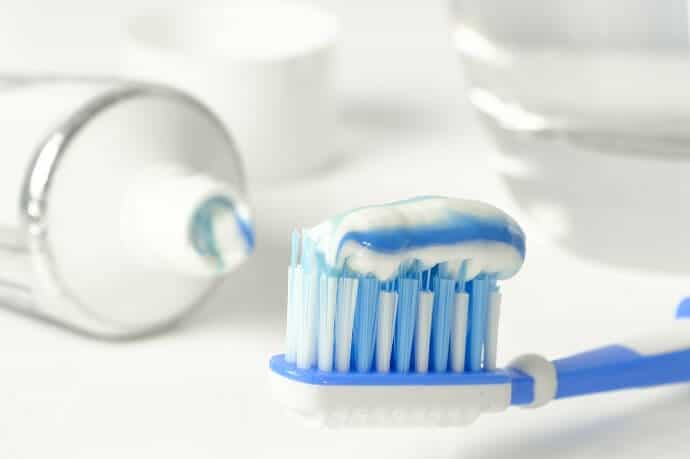
1. How to Make Natural Toothpaste
It can take a tremendous amount of time and money to maintain our teeth, and doing so begins with a mind-boggling selection of toothpastes. There’s teeth whitening, tartar control, sensitive teeth, and all sorts of other bells and whistles. It begs the question: Why do we complicate the simple act of brushing our teeth?
There are lots of options for ecologically concerned and health conscious consumers, including organic toothpaste, herbal toothpaste, fluoride-free toothpaste, and SLS (sodium lauryl sulfate) free toothpaste. It begs the question: How much unnecessary crap are they putting in corporate manufactured toothpastes?
A quality natural toothpaste is very inexpensive to make at home. The following formula has a refreshing flavor, whitens teeth, and eliminates plaque. This flouride-free toothpaste without SLS is easy to make yourself, and it only has three simple ingredients!
DIY Natural Toothpaste Recipe
Ingredients: Baking Soda, Coconut Oil, Essential Oil
- Melt ¼ cup of coconut oil in a glass jar.
- Stir in 4 TBSP of fine baking soda and 15 drops of essential oil (peppermint, spearmint, or cinnamon, depending on the flavor you prefer).
- Put it in a jar.
Important Note: Put a lid on the jar and label it somehow. The lid will prevent the baking soda from absorbing smells that occur naturally in the bathroom. And since many of these DIY concoctions use similar ingredients, labeling prevents putting DIY deodorant on your toothbrush (which would actually work fine, despite how gross it might sound).
READ MORE: Going Green- 60 Earth Day Tips for Every Day
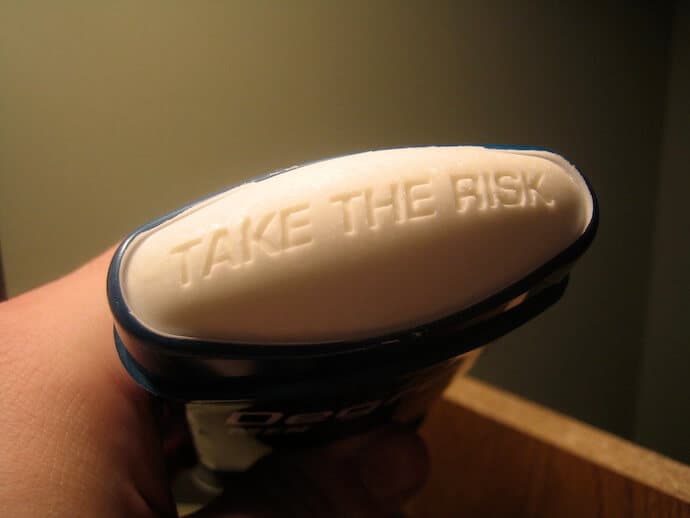
2. How to Make Natural Deodorant
It’s become second-nature to swipe our underarms with deodorant in the morning, to ensure we won’t be a sweaty stink-hog during the day. Who knew we’ve been swabbing questionable deodorant ingredients onto our bodies all these years, and that the aluminum in deodorant is harmful to our health?!
Of course, these day more conscious, non toxic deodorant choices have become widely available. You can buy vegan deodorant,organic deodorant, chemical-free deodorant, and other types of healthy deodorant for men, women, and even children. Unfortunately, these products are not always effective.
But it’s really easy to make a chemical-free deodorant that works. It’s arguably the best natural deodorant you could ask for, and it’s incredibly cheap to create.
DIY Natural Deodorant Recipe
Ingredients: Baking Soda, Coconut Oil, Essential Oil
- Melt approx. 4 TBSP of coconut oil in a glass jar.
- Stir in 4 TBSP of baking soda and your essential oil of choice (Lemon and Lavender are good).
- Put a labeled lid on the jar.
In truth, I don’t even bother with three ingredients anymore. I wet my hands, put my fingertips in baking soda, and rub it underneath my armpits. It works better than any deodorant stick or spray I ever used. If your body has a bad reaction to baking soda, try a splash of apple cider vinegar instead.
READ MORE: 40 Healing Vegetables (a.k.a. Nature’s Medicine)
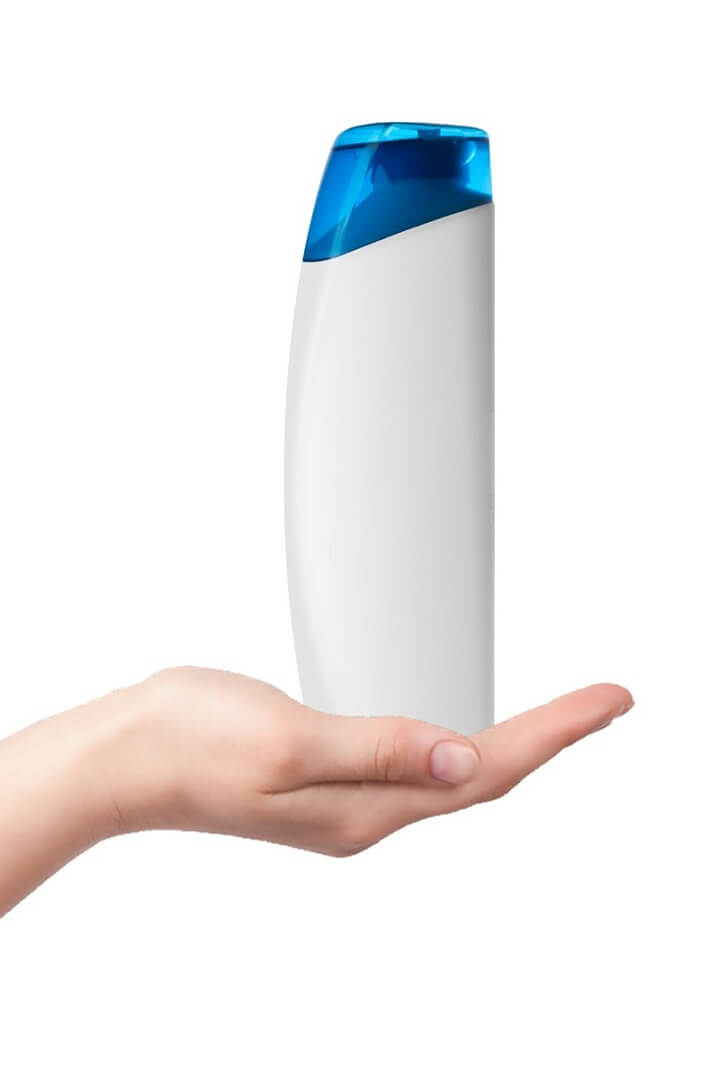
3. How to Make Natural Shampoo
By this point, it shouldn’t be a huge surprise to learn that most store-bought shampoo has some unsavory ingredients. There are parabens, phthatlates, sulfates, and methylisothiazolin to name a few.
More disturbingly, shampoo is often has the opposite effect as advertised! If you use a shampoo for dry hair or a shampoo for oily hair, they really just create dependency rather improving things. In other words, using these shampoos perpetuates our need to use them.
There are many brands of all natural shampoo that are better if you want to avoid chemicals. You can find organic shampoo, olive oil shampoo, sulfate free shampoo, and more at just about any supermarket or beauty supply store.
But the best natural shampoo can be homemade in less than a minute, and requires just two ingredients:
DIY Shampoo Recipe
Ingredients: Baking Soda, Water
- Add 1 TBSP of baking soda to 1 cup of water in a reusable shampoo bottle.
- Shake this up.
My wife uses this natural shampoo twice a week. But I have a dry scalp, and the baking soda made it worse. So I just use the DIY conditioner recipe in the next section for my hair care regime. It’s the best shampoo for dry hair I’ve used, while Emma says this is the best shampoo for greasy hair she’s used.
READ MORE: How to Save Water (15 Water Conservation Tips)
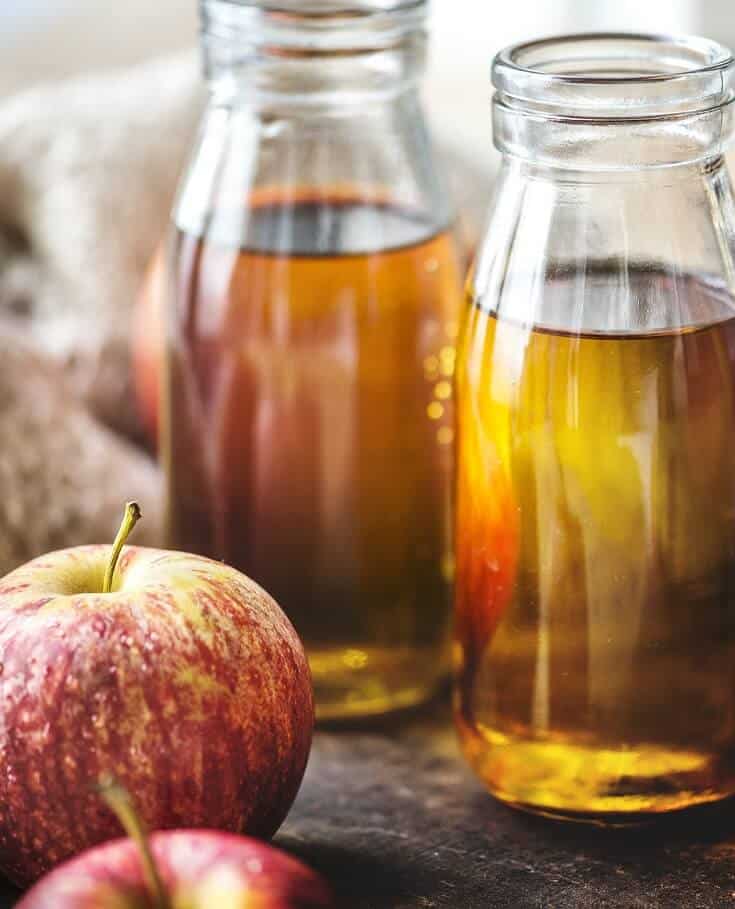
4. How to Make Natural Hair Conditioner
If you’re ditching store-bought shampoo, you might as well concoct a homemade natural hair conditioner to go along with it.
This is an extremely easy conditioner to make, with just two ingredients. Yet this simple solution helps prevents dandruff, which I’d battled for years with medicated shampoos.
It’s truly the best hair conditioner I’ve ever used, because I can use it as both an organic shampoo and conditioner in one.
DIY Conditioner Recipe
Ingredients: Apple Cider Vinegar, Water
- Add ½ cup of apple cider and two cups of water to a repurposed bottle.
- Shake it up.
After using this in the shower for the first year, I came up with a new method. I have the mixture in a spray bottle on the bathroom counter. I spritz my hair with it three or four times a week after a shower. In the shower, I use a scalp scrubber with just water. Your hair needs about a week or two to transition, but this does actually work!
READ MORE: Ways to Reduce Your Carbon Footprint
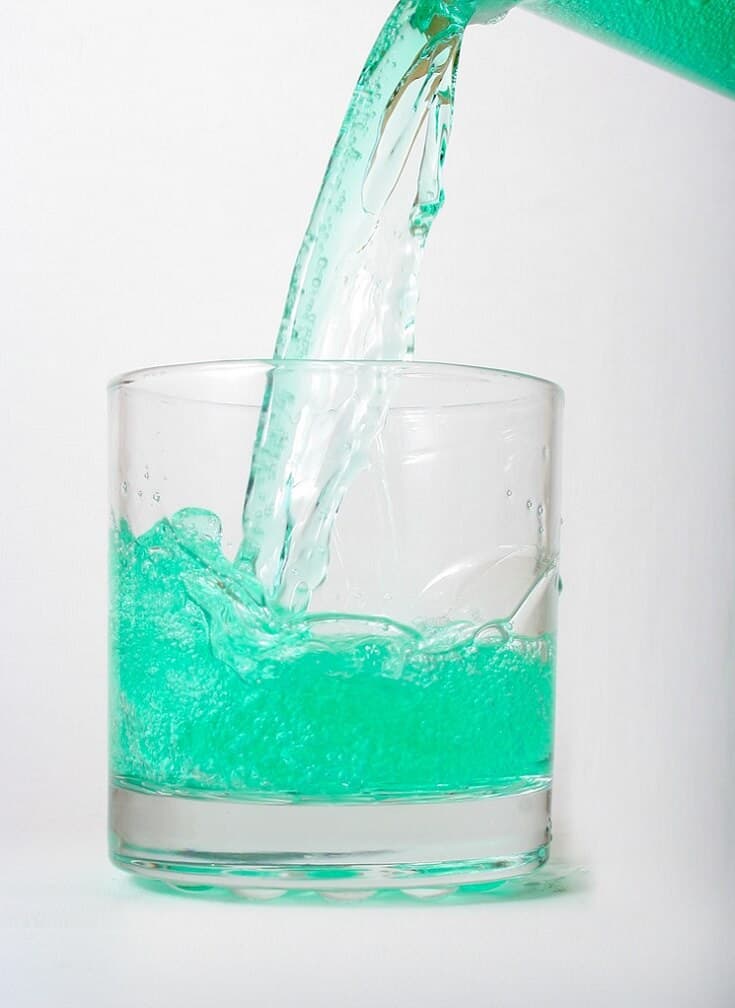
5. How to Make Natural Mouthwash
Toothpaste is undoubtedly important for keeping your teeth clean and sparkly, but mouthwash is also a great tool for fresh breath and general oral health.
Unfortunately, most commercial mouthwashes are full of chemicals, some of which can cause major health problems. Toxic ingredients include fluoride, chlorhexidine (increased blood pressure and heart problems), methyl salicylate (dilation of capillaries), triclosan (cancer, thyroid disorders), methylparaben (breast tumors in women), and more.
Fortunately homemade mouthwash is very easy to make, and DIY mouthwash has the same minty flavor and zesty feeling of the name brand stuff. Though the antimicrobial mouth rinse is antifungal, this natural mouthwash won’t come with a laundry list of unwanted side effects.
DIY Mouthwash Recipe
Ingredients: Whole Cloves, Essential Oil, Water
- Boil some water and pour it into a repurposed 16-ounce bottle.
- Add about 10 cloves to the bottle and 20 drops of essential oil (for a mint or cinnamon mouthwash)
- Put the cap on, shake it up, and allow it to cool.
Tip: We use mouthwash to brush our teeth half the time. Baking soda can be abrasive, so we alternate between homemade toothpaste and DIY mouthwash to avoid enamel trouble. When we gave up using fluoride, a dentist friend said brushing with nothing works just as well. But fresh breath is nice, too.
READ MORE: How to Make a DIY Rainwater Harvesting System
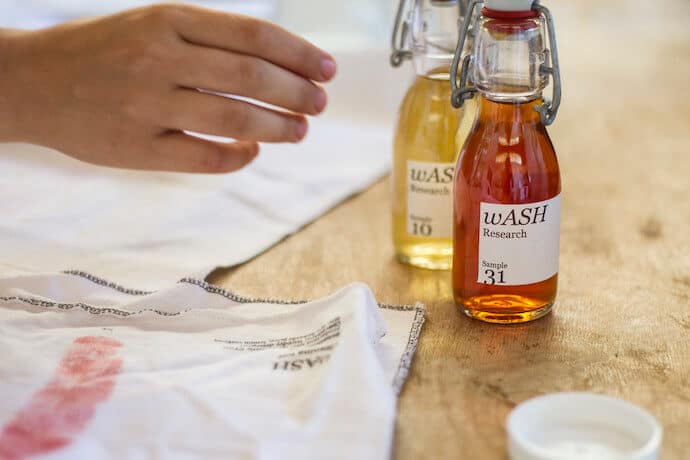
6. How to Make Natural Body Wash
Body wash and natural shower gel seem to have grown more popular than soap these days.
In our eyes, the best body wash provides an extra oomph that benefits us in ways beyond mere cleanliness. For instance, lavender body wash has a calming effect, coconut oil body wash offers moisturizing, and organic body wash is simply better for the environment.
All natural body wash can be made in three simple steps from a variety of recipes. And of course making a homemade body wash allows you to improvise: You can add exfoliants like sand or coffee grounds, moisturizers like aloe, and whatever scent suits your fancy.
The following is a fantastically simple recipe for an essential oil body wash that will improve your memory, relieve stress, instill anti-aging properties, and boost the immune system. Of course, it also smells real purty, too!
DIY Organic Body Wash
Ingredients: Rosemary Tea, Lavender Essential Oil, Liquid Castile Soap
- Make a strong, organic rosemary tea: 1 TBSP dried rosemary to 1 cup of water.
- Once the tea has cooled, add 25 drops of organic lavender essential oil to the tea.
- Add 2 cups of unscented organic liquid castile soap.
In terms of aromatherapy, rosemary and lavender are powerful scents. Lavender is renowned for helping us relax, but also helps deter ticks and fleas. Smelling rosemary is very good for our brains. If these aren’t your favorite flavors, choose some scents that are!
READ MORE: Intro to Permaculture Gardening Design & Principles
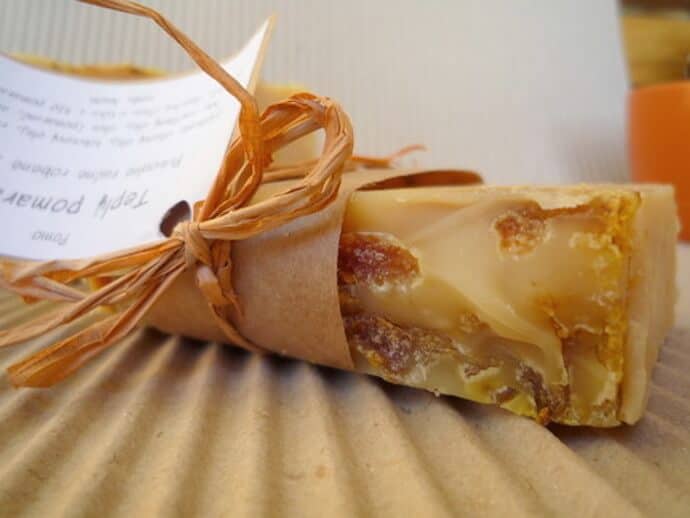
7. How to Make Handmade Soap
For those that still use soap, whether for washing dishes or washing hands, the easiest way to do it yourself is with soap making kits.
Making homemade soap from kits is a fun hobby (GGT founders Bret Love & Mary Gabbett have been doing it for years), and all natural soap makes a fantastic gift for friends and family.
There are basically two kinds of handmade soap: natural bar soap and liquid castile soap. Of course there are loads of different varieties, including lemon soap (for cleaning), oatmeal soap (for exfoliation), peppermint soap (for energy), and olive oil soap (for moisturizing).
But, whatever natural soap we go for, it all boils down to a chemical reaction between fat and lye called saponification. With castile soap, the fat comes from vegetable oils (traditionally olive oil) and the lye is potassium hydroxide, not the sodium hydroxide used for solid soap.
Full disclosure: Making soap isn’t difficult, but it’s not something that we regularly do. Instead we buy organic castile soaps such as Dr. Bronner’s, which are safe to use. The process of soap-making is more involved than the other DIY projects on this list, and we just haven’t gotten around to including this as part of our routine.
READ MORE: The Best Gifts For Travelers (125+ Reviews)
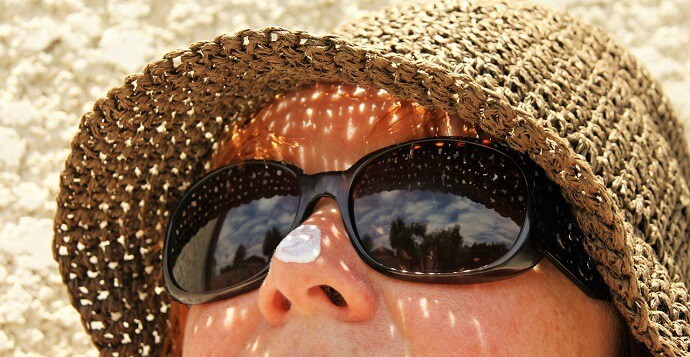
8. How to Make Natural Sunscreen
Though we’ve been encouraged to use it religiously for decades now, the safety of sunscreen for our skin has turned out to be debatable.
Luckily, natural sunscreen (such as zinc oxide sunscreen) is effective without all the questionable chemicals, both in terms of health and the environment. It’s worth taking the time to find a non toxic sunscreen, especially if you’re into swimming or Scuba diving. There are plenty of eco friendly sunscreen choices.
Organic sunscreen can also be made at home with simple ingredients that provide natural SPF factors. Of course, the best natural sunscreen is to be sensible about your sun exposure, wearing protective clothing, and utilizing the shade. However, there are times when a natural sunblock is just necessary.
This organic sun cream recipe has numerous variations, but centers on coconut oil, non-nano zinc oxide, and shea butter. Other oils can be added for extra SPF or skin care, and wax can be added for waterproofing. The process of making it is the same, just add extras during step two.
DIY All Natural Zinc Sunscreen Recipe
Ingredients: Coconut Oil, Shea Butter, Non-nano Zinc Oxide Powder
- Melt half a cup of coconut oil and just under half a cup of shea butter in a double boiler.
- With a protective mask over your nose, add in enough zinc oxide to fit the desired SPF. 1 ounce to this mixture would provide roughly 12-15 SPF.
- Stir it well, store it in the fridge, and keep it out of the direct sun.
There are many other ingredients that can kick up your homemade sunscreen. For more sun protection, carrot seed oil and red raspberry leaf oil have high SPF factors. Add in a few drops or more. Vitamin E essential oil nourishes the skin, and a bit of beeswax will help to make it sweat- and water-resistant.
READ MORE: The Ultimate Beach Vacation Packing List
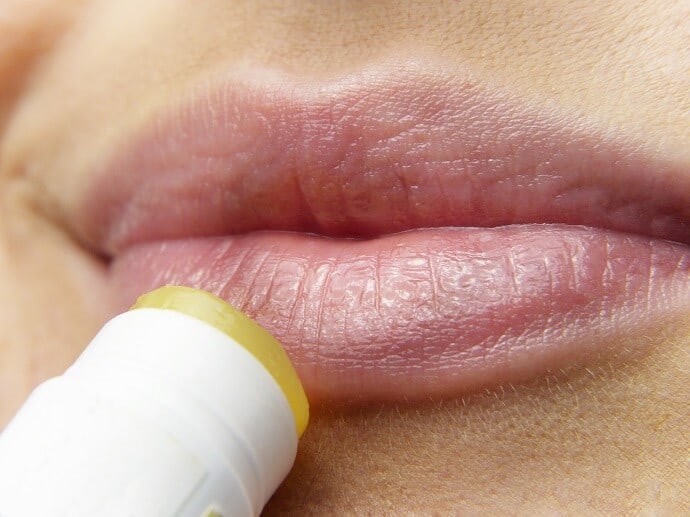
9. How to Make Natural Lip Balm
Even natural lip balm has the reputation of being addictive. As with shampoos, some say even the best lip palm creates product dependence rather than solving the problem of chapped lips.
Many of the most popular lip care brands use ingredients that further dry out the lips while providing only temporary relief.
But, as I’m sure you’ve guessed by now, making homemade organic lip balm is completely doable, and only requires a couple of ingredients.
As with most natural skin care products, this DIY lip balm recipe is inexpensive. Plus, it repairs damaged lips rather than requiring you to continually apply more!
DIY Lip Balm Recipe
Ingredients: Organic Cconut Oil, Organic Soy Wax
- Melt roughly 1 TBSP of soy wax (or beeswax) with 1/4 cup of coconut oil.
- Stir the mixture together and put it in a repurposed lip balm container.
For some folks, half the joy of a lip balm is a pleasing aroma. If you want a scented flavor, just add a few drops of nurturing essential oil, such as lavender or peppermint, to the mix.
READ MORE: Bret & Mary, A Story About Love
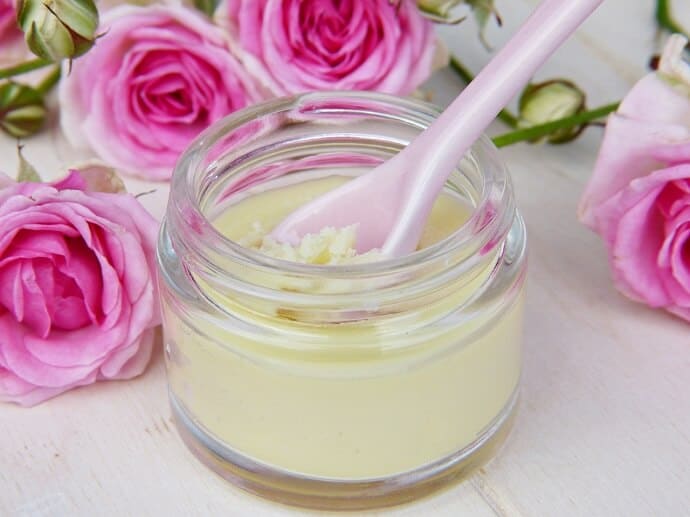
10. How to Make Natural Moisturizer
The last on today’s list of natural travel toiletries and personal care products is a homemade natural moisturizer. You can easily make it an organic moisturizer to boot.
Whether you want a natural face moisturizer or a natural body lotion, the necessary ingredients remain pretty much the same. It’s a moisturizer for sensitive skin, rather than one wrought with mysterious chemicals nobody can pronounce.
As you’ve probably realized by now, using natural ingredients for skin care is the way to go. The best moisturizer is organic skin care that we could eat, were we so inclined. Parabens, chemical fragrances, and so on simply aren’t necessary, and usually not advisable.
DIY Moisturizer Recipe
Ingredients: Shea Butter,Organic Coconut Oil, Organic Extra-virgin Olive Oil
- Put a ½ cup of shea butter in a bowl with 2 TBSP each of coconut oil and olive oil.
- Melt the ingredients together in a double boiler (add any essential oils once melted).
- Pour the mixture into a glass container.
Our personal experience with organic skin care and DIY personal care products in general is that our bodies need up to two weeks of detoxing and adjusting before things level out. After that, our body starts to be less demanding. For example, we only apply deodorant once or twice a week now because we just don’t stink like we used to.
READ MORE: Why I’d Prefer to Forget Visiting the Dead Sea, Jordan
The beauty of filling your travel toiletry bag with these homemade natural products is that we aren’t so worried about finding particular brands.
Each of these organic personal care products has a tiny ingredient list, with stuff that’s readily available just about anywhere we go. OurTSA-approved travel bottles become reusable, which helps both the planet and our wallets.
Personal hygiene products don’t have to come from commercial sources. They don’t require a chemistry degree to create, or bubbly test tube labs. The best skin care products can come from our own kitchens. And in most cases, it’s much better that they do. —Jonathon Engels; lead photo by shawncampbell via CC
[ad_2]

